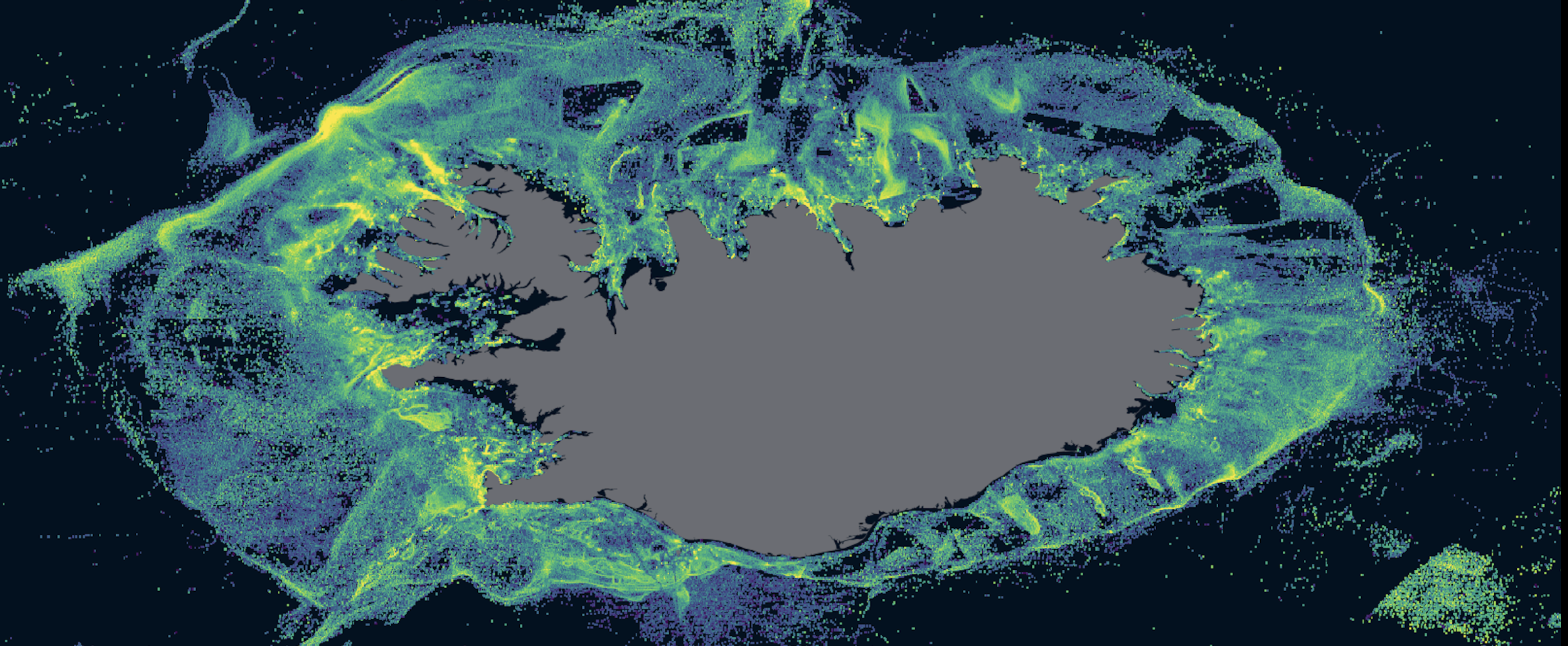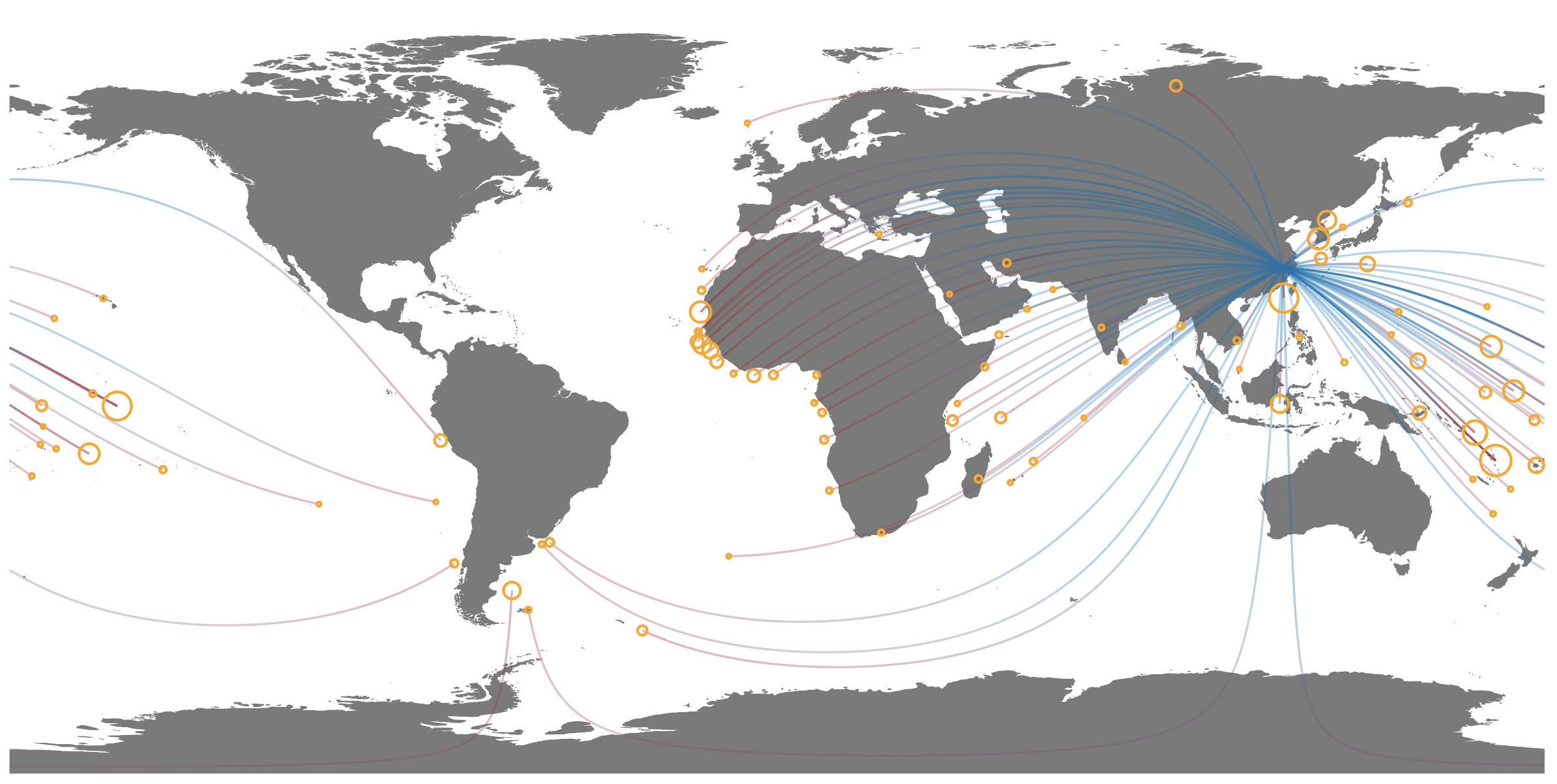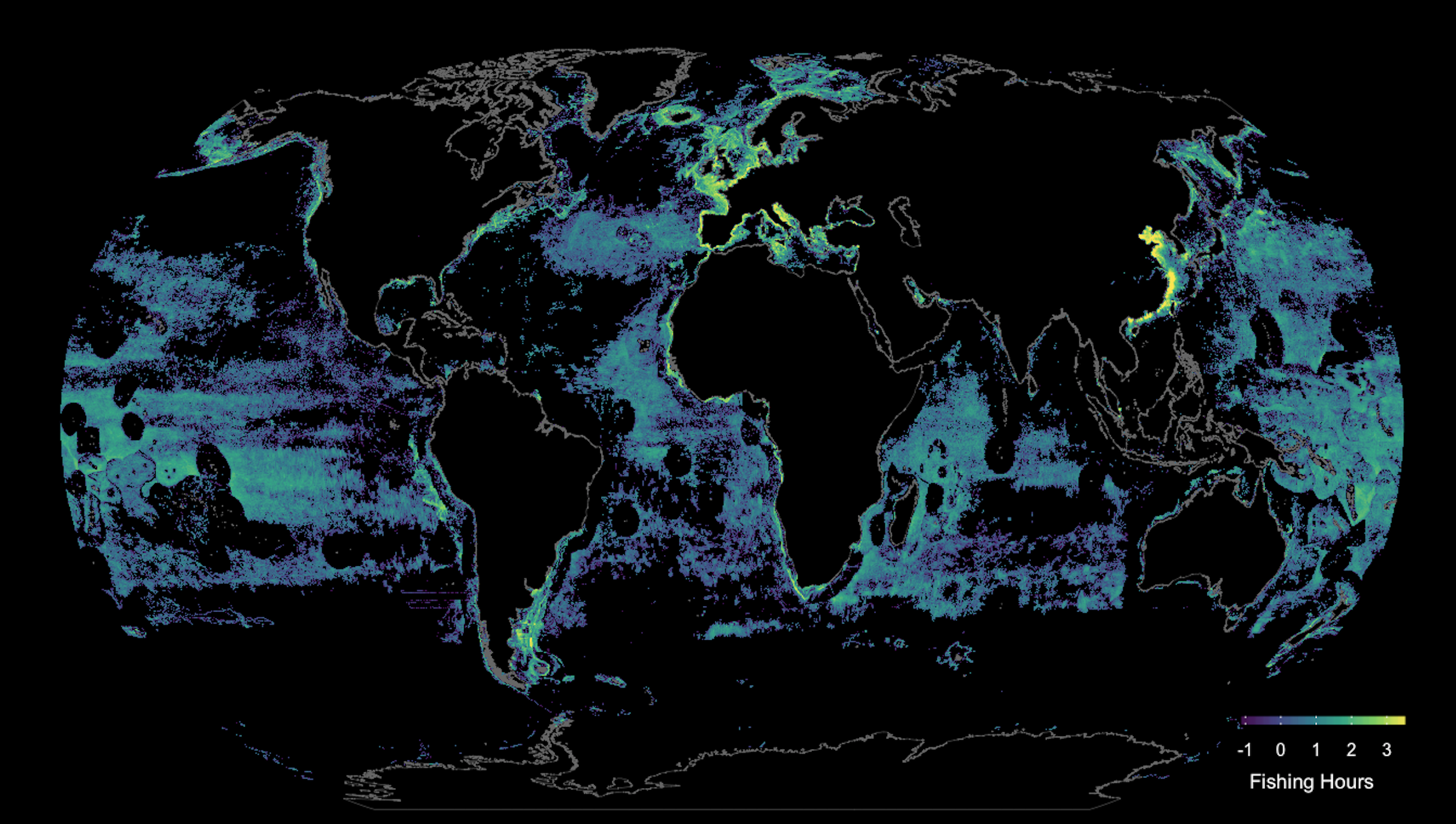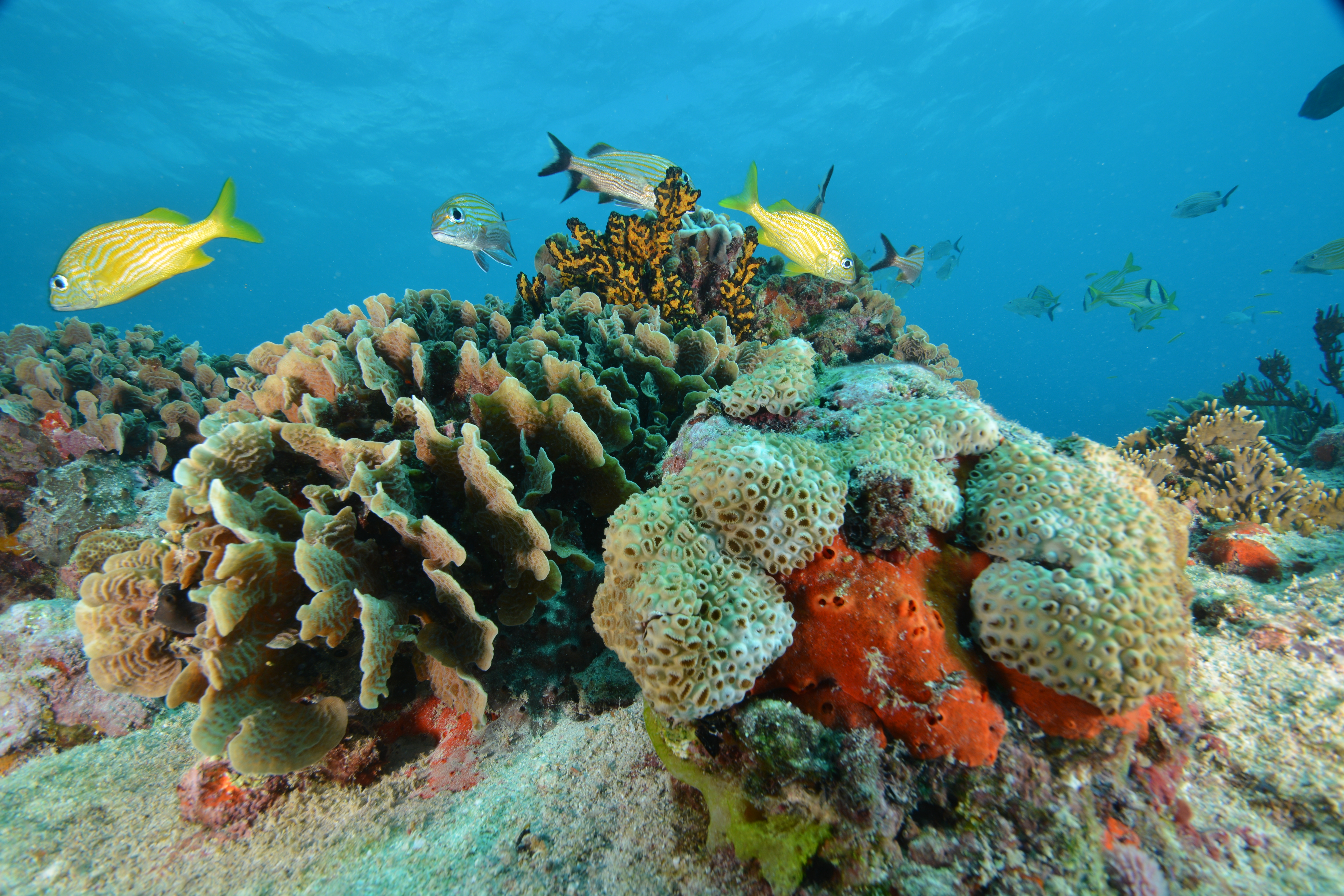The Global Deal for Nature (GDN) is a time-bound, science-driven plan to save the diversity and abundance of life on Earth. Pairing the GDN and the Paris Climate Agreement would avoid catastrophic climate change, conserve species, and secure essential ecosystem services. New findings give urgency to this union: Less than half of the terrestrial realm is intact, yet conserving all native ecosystems—coupled with energy transition measures—will be required to remain below a 1.5°C rise in average global temperature. The GDN targets 30% of Earth to be formally protected and an additional 20% designated as climate stabilization areas, by 2030, to stay below 1.5°C. We highlight the 67% of terrestrial ecoregions that can meet 30% protection, thereby reducing extinction threats and carbon emissions from natural reservoirs. Freshwater and marine targets included here extend the GDN to all realms and provide a pathway to ensuring a more livable biosphere.
E Dinerstein, C Vynne, E Sala, AR Joshi, S Fernando, TE Lovejoy, J Mayorga, D Olson, GP Asner, JEM Baillie, ND Burgess, K Burkart, RF Noss, YP Zhang, A Baccini, T Birch, N Hahn, LN Joppa, E Wikramanayake
In Science Advances,2019
While the ecological impacts of fishing the waters beyond national jurisdiction (the high seas) have been widely studied, the economic rationale is more difficult to ascertain because of scarce data on the costs and revenues of the fleets that fish there. Newly compiled satellite data and machine learning now allow us to track individual fishing vessels on the high seas in near real time. These technological advances help us quantify high-seas fishing effort, costs, and benefits, and assess whether, where, and when high-seas fishing makes economic sense. We characterize the global high-seas fishing fleet and report the economic benefits of fishing the high seas globally, nationally, and at the scale of individual fleets. Our results suggest that fishing at the current scale is enabled by large government subsidies, without which as much as 54% of the present high-seas fishing grounds would be unprofitable at current fishing rates. The patterns of fishing profitability vary widely between countries, types of fishing, and distance to port. Deep-sea bottom trawling often produces net economic benefits only thanks to subsidies, and much fishing by the world’s largest fishing fleets would largely be unprofitable without subsidies and low labor costs. These results support recent calls for subsidy and fishery management reforms on the high seas.
E. Sala, J. Mayorga, C. Costello, D. Kroodsma, M.L.D Palomares, D. Pauly , U.R Sumaila, D. Zeller
In Science Advances,2018
Although fishing is one of the most widespread activities by which humans harvest natural resources and reshape ecosystems, its global footprint is poorly understood and has never been directly observed. We processed 22 billion Automatic Identification System (AIS) messages and tracked >70,000 industrial fishing vessels from 2012-2016, creating a global dynamic footprint of fishing effort with two to three orders of magnitude higher spatial and temporal resolution than previous datasets. Our data show that industrial fishing occurs in >55% of ocean area and has a spatial extent more than 4 times that of agriculture. We find that global patterns of fishing have surprisingly low sensitivity to short-term economic and environmental variation and a strong response to cultural and political events such as holidays and closures.
D. Kroodsma, J. Mayorga, T. Hochberg, N. Miller, K. Boerder, F. Ferretti, A. Wilson, B. Bergman, T. White, B. Block, P. Woods, B. Sullivan, C. Costello, B. Worm
In Science,2018





